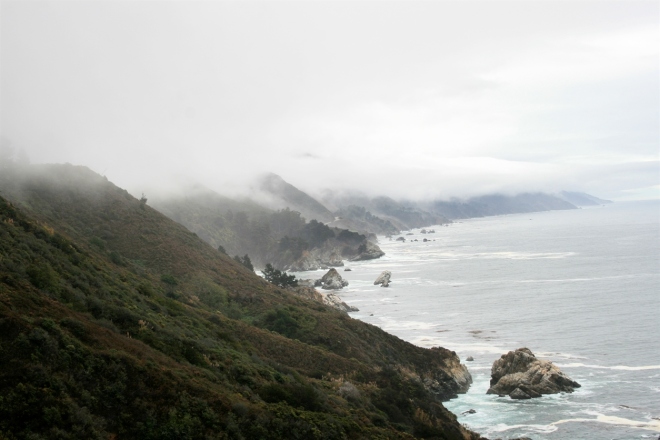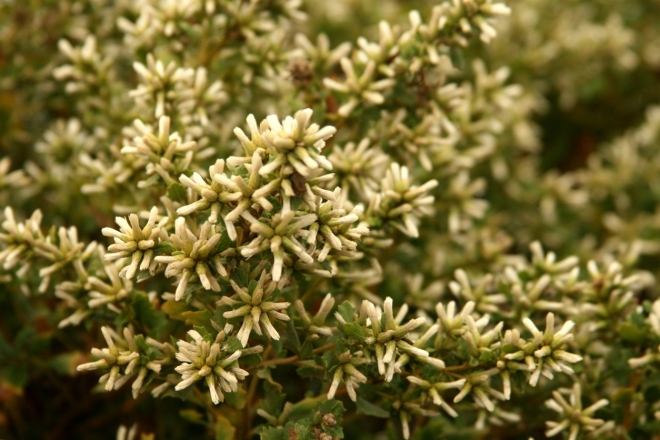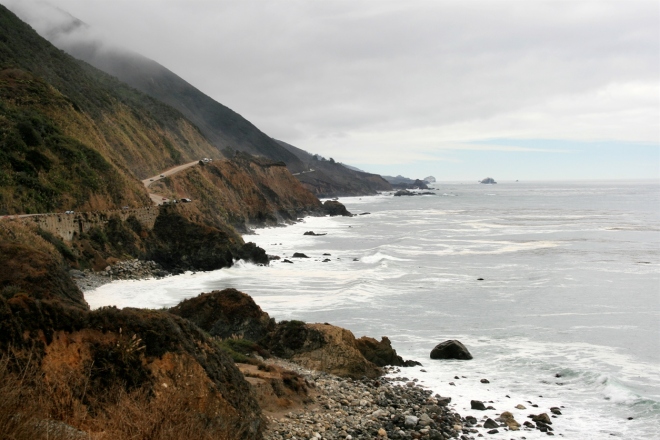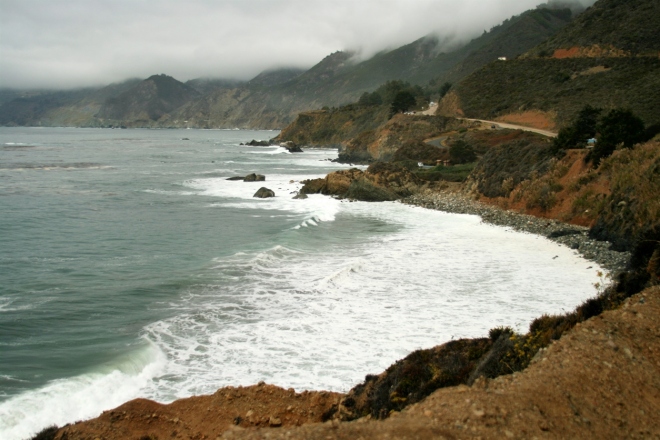More photos to share plus the remaining details about the building of this iconic highway. Supplies and equipment were brought in by boat, and steam-powered donkey engines were used to lift the materials up to the level of the new road. Tons of dynamite was used to blast the canyon hillsides and carve the steep terrain. And, San Quentin Prison set up three temporary prison camps to provide convict labor. The 100-mile portion of California Highway One between Carmel and San Simeon was built between 1921 and 1937 and the ruggedness of the terrain required 32 bridges. The first bridge was a small timber structure across Salmon Creek about 19 miles north of San Simeon and opened in 1928. The largest, most famous and certainly most photographed is the Bixby Bridge, about 13 miles south of Carmel. This was also the most difficult to build. The length of the bridge is 716 feet, and when completed on November 23, 1932, the Bixby Bridge became the largest arched highway structure in the Western states. Another interesting detail, it was built on a curve. On September 18, 1934, convict labor from two camps working towards each other met, and the final barrier was removed. A few official cars drove the entire distance from San Simeon to Carmel for the first time, although much of the road was still under construction and was only one lane wide in places. On June 27, 1937, a gala celebration was held at Pfeiffer Redwoods State Park to commemorate the opening of the highway. A boulder was symbolically pushed off the road to formally open the highway to traffic. It was called the Carmel-San Simeon Highway, but was better known as the Roosevelt Highway in honor of the President. Actual cost of the construction was around $10 million, a bit over Dr. Roberts’ original $50,000 estimate.
During our drive, we saw a Triumph Car Club cruising the highway. At one point, the group had pulled over because one of the cars was having a mechanical problem. They huddled and discussed the issue. Magically the right part appeared from a teammate’s emergency part kit and off they went. While we lunched, we were treated to the whales migrating offshore. It truly is a magical experience and I hope these photos and the building history of the highway inspire you to make this iconic drive. It is well worth it!
Slow down and enjoy life. It’s not only the scenery you miss by going to fast – you also miss the sense of where you are going and why. – Eddie Cantor
*Tina






Leave a Reply